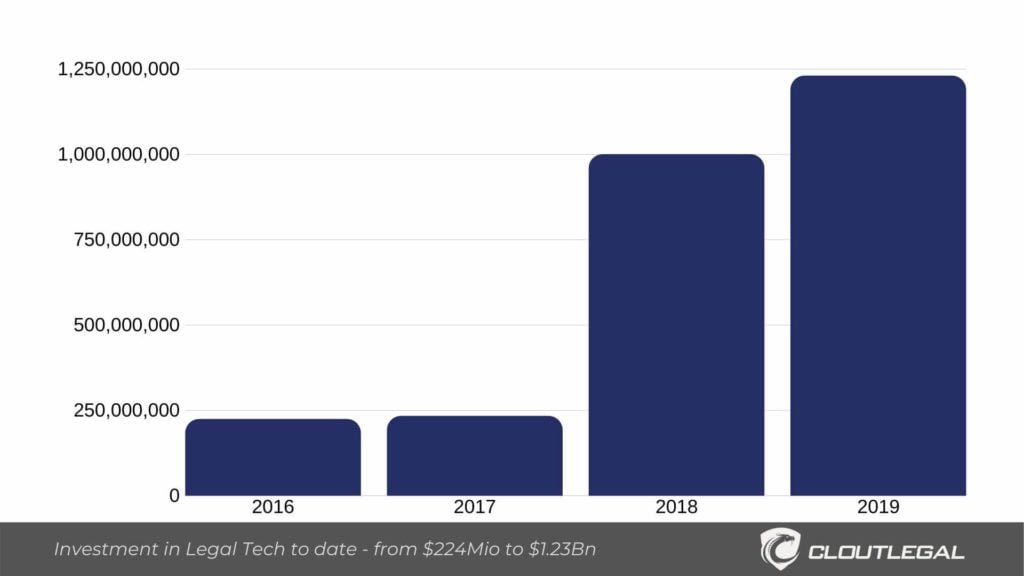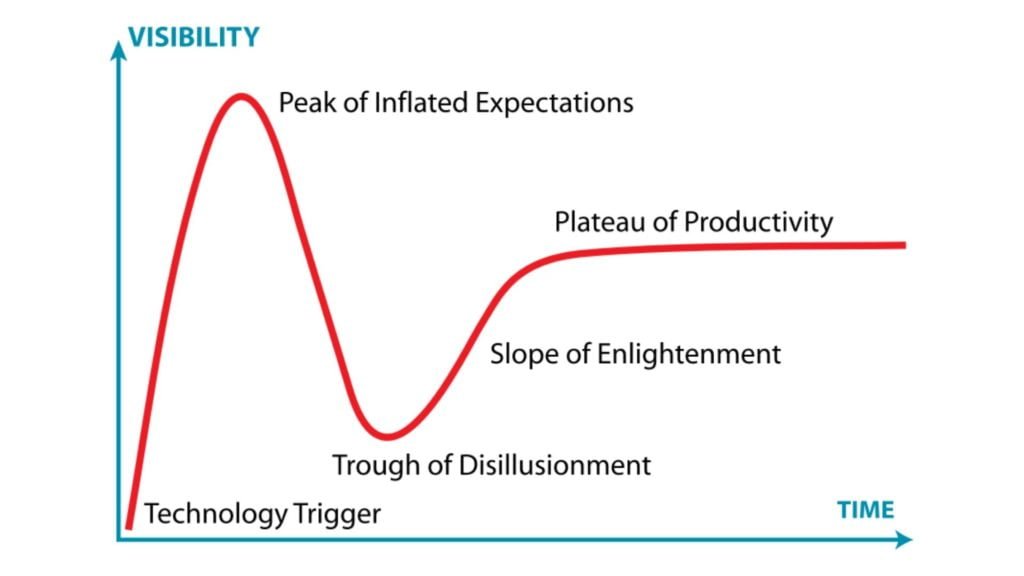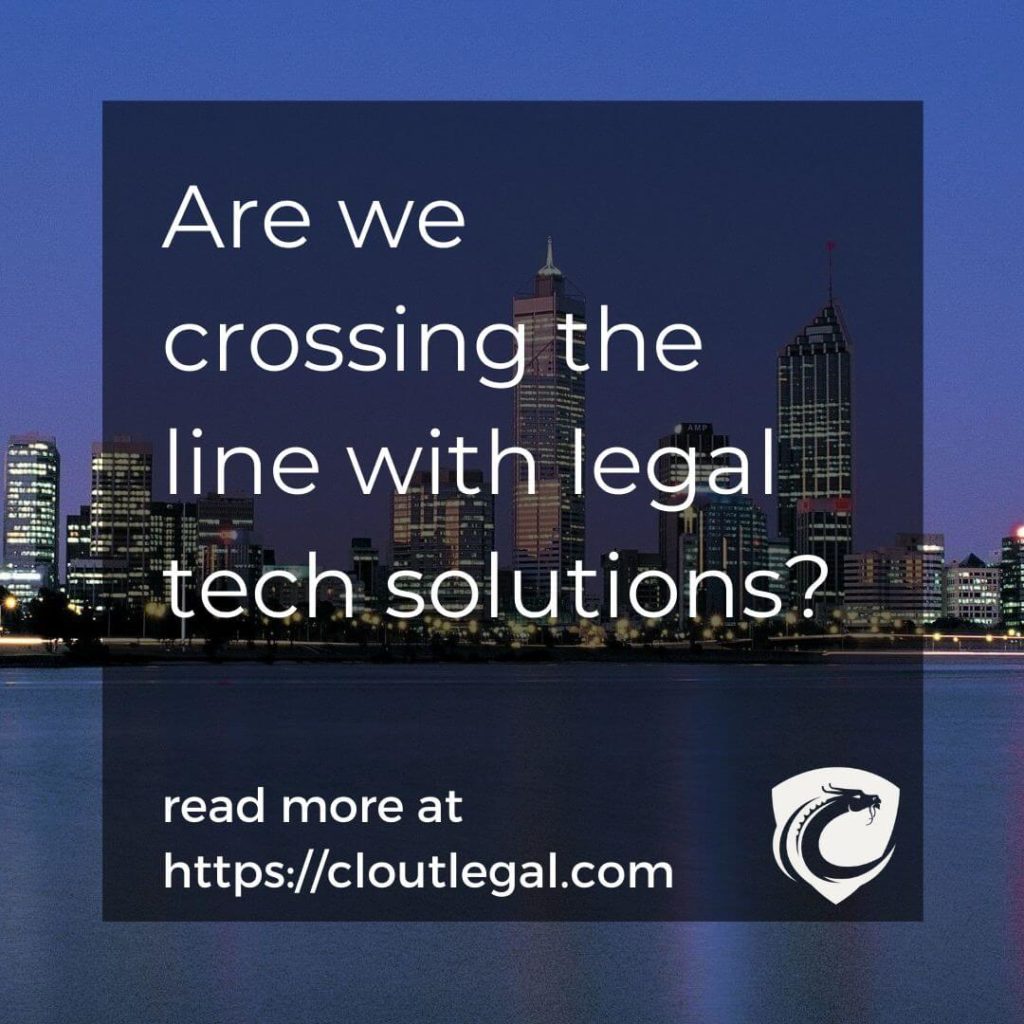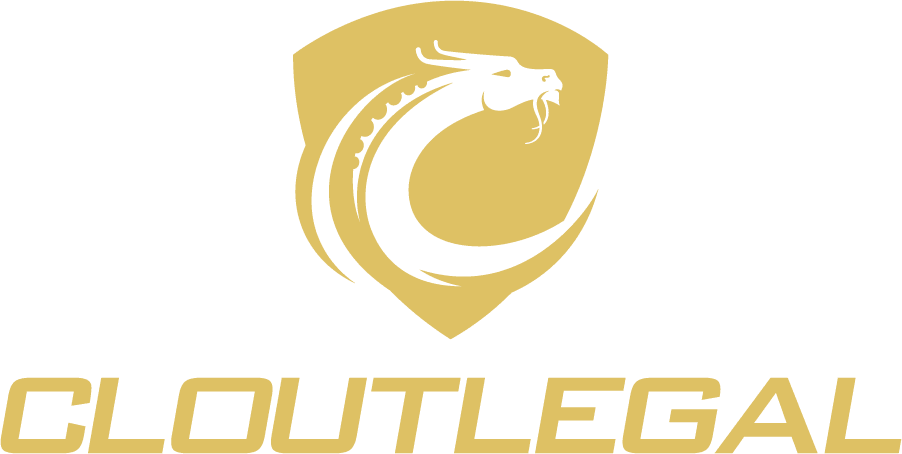Why too much Legal Tech can be a bad thing
“Too much of a good thing can be taxing…” - Mae West
Without a doubt, every legal tech or innovation exists only as far as it solves a real-world problem.
However, legal innovation (as any other) is subject to the problem-solution-problem vicious cycle. For every solution, we get new problems (that haven’t existed before). Such is the advent of human civilization.
We are still early in Legal Tech
The legal services industry shows all signs of a mature industry. Namely, increased competitiveness, price pressure (race to the bottom), disruptive potential pressure from large tech players, etc.
Regulations may be the last obstacle that holds legal innovation back (and that likely won’t last long).
However, the legal tech market seems to be just warming up. Year over year, investments in legal tech companies have been ramping up. For reference, $224Mio was invested in legaltech in 2016, while in 2019 investments rose to $1.2Bn.
Investment in Legal Tech to date (2016 - 2019)
At ELTA’s 2019 annual congress (ELTAcon19), Jim Leason remarked legal tech might be just getting out of the initial hype blow-off top.
Gartner Hype Cycle illustrated (image credits: Jeremy Kemp)
As far as the hype is concerned, he is pretty much spot on. However, as far as investments go, we might be even earlier on the chart (i.e. capital still needs to top out).
And we still need to see results from said funding in the legal tech space.
The Ultimate Problem has yet to be solved
Where am I going to with the above “still early” argument? Simply - we may likely be in what can be described as “race to arms” with legal tech solutions.
Sure, there has been some consolidation in this space recently. However, the market is fragmented, and clear category winners are yet to be found.
And why is that a problem?
(before spoiling it out for you, consider the below example, drawn by Mazair Jamnejad in his recent article)
Too much legal tech - a coming tangle
Mazair presents an interesting thought experiment in the area of commercializing IP rights.
“The way we have been planning how we will modernize legal matters has focused on solutions for single parts of the legal process. When you try and put them all together, you end up with a bit of a tangle…
Let’s consider the following example:
A smart chemistry student at university, let’s call her Eniola, invents a new widget. She approaches the university and asks them to help her make it into something that can be sold. The university agrees and they come to do the ‘deal’. What is involved in our new world of legal services?”
In this example, there are two parties - Eniola and the university. What are the processes that involve legal technology?
In other words, what is the complexity involved?
Sourcing - finding a proper law firm
MJ: For starters, each party needs to find a proper legal advisor. To this end, Eniola uses a B2C platform for finding a lawyer. There are many such platforms, and she needs to decide which one to use.
The University, on the other hand, uses its procurement tool for the same purpose. It also has to open a file in its internal legal practice management system.
Conflict checks and matter intake
By this time both parties have selected their law firms. Before signing engagement letters, both firms run a conflict check and open a file in their respective law practice management tools. Additionally, they would also open files within their finance tools.
After conflict checks are cleared, each law firm would use a document automation system to produce a draft engagement letter. It would execute it by using an e-signature tool of their choice.
Eniola is able to execute the engagement letter instantly. However, at the university, they have to download their firm’s letter and add it to their contract management system (to manage approval).
After the approval has been completed, the university sings it (within their firm’s e-signature system). Next, they need to download the signed version, reupload it to their legal matter management tool, as well as the procurement tool.
Negotiation and getting to a first draft
Eniola’s lawyers use a tool to advise her terms that would suit her, based on past similar cases. The University has a ‘playbook’ but has to manually explain each term to the lawyers so they can apply it on their side.
Next, there would be a matching exercise to find which terms the parties agree on. Both law firms would prefer to use their own system.
Once there is an agreement on the first draft, the terms would be translated into inputs for a document automation system.
Exchanging drafts - rinse and repeat
Here you have a few repeated cycles. In each of those, both parties need to update their own system (and another party has to download every version and put it into their own system for reviewing).
The above happens four times over each turn, once for each set of lawyers, and once for each set of clients.
Contract review
Each set of lawyers applies in each draft a range of tools. Some are used to compare substantive clauses to the pre-agreed playbooks. Then there would be tools used for proof-reading, change-tracking, as well as for managing all said versions (a DMS).
And all that in addition to already mentioned law practice management tools.
Deal execution stage finally
You’ve got three systems running here (University, University lawyer and Eniola’s lawyer). It is not really clear how those systems would interact.
Legal billing and charging for legal services
Both parties' law firms will likely use some kind of a legal billing system. Even more so if they bill their clients by the hour. If that is the case, they would likely use some of the many time recording tools available.
While these time billing applications do not need to interoperate (between law firms), clients sometimes require to receive e-billing files (i.e. by the LEDES standards). This is mostly the case for corporate clients, who use LEDES to manage their legal costs.
In our example, Eniola would likely not ask for an e-billing file. However, the university might (depending on their internal policies).
If that is the case, their law firm would first need to track their own time internally. It would apply own hourly rates, and make sure to add specified task codes. Once ready, it would have to produce the file in the LEDES format and submit it to the university's legal spend management platform.
The university would further use various tools to analyze e-billing data on a macro level. Following that...
The bill arrives, and each of Eniola and the University are charged hosting, processing and per document fees for each of the platforms used.
They are also charged for the time of the technology advisory teams running the technology and for paralegals to transfer data from one system to another.
Are we really always better-off using legal tech?
In short, we have a tangle. In fact, it’s pretty clear you’d be better off not having bothered with the technology at all. So what’s gone wrong?
Consider the following factors at play:-
Like children in a candy shop
There are so many (legal) tech tools and solutions, all of which are quite useful. The choice is overwhelming and adds to the complexity.
No clear category leader
Each class of tools has at least two legal tech vendors. No player is dominant in any of the categories. Hence, there is no clear standard established.
Editor’s note: the only notable standard is perhaps in the e-billing, with LEDES guidelines and task codes; however, it is far from being universally applied...
No interoperability
While lots of clients (in-house legal teams in large companies) have their legal tech solutions, a very small number of those are actually linked to one another. Interoperability is not even nascent at this stage.
How to untangle what we’ve created?
Some (if not all) of the above issues should be possible to solve, with the right approach.
Overlawyering is key
Lawyers need to understand what legal risks are they addressing at each stage. Likewise, they need to understand if the tool they propose is the right for the job.
At the very least, they need to understand what technology does, and how well at that.
Additionally, lawyers must have a good view on the economics and the risk profile of their client transactions. Lawyers, as business people, have to make a judgment call if they should use certain tools and processes.
Proportionality
Some (generally useful) tools may need to be avoided where they add more complexity than benefit (either standalone or in conjunction with other tools).
E.g. eSignatures might be a good idea, but if they don’t work with the document management system, uploading/downloading time might justify using wet ink.
Moving data between various systems
The costs of manually moving information from one system to another might wipe out the efficiencies of using those systems in the first place. Hence, to be effective, you need to have a connecting layer that helps all pieces communicate.
Administration and user permissions
IT teams at each of the two law firms and at the university need to have permissions in place that allow their employees to use the other party's software. While sharing platforms may be convenient, it is often not feasible due to security and data protection concerns.
Common definitions and key terms
Law firms need a common vocabulary. Sometimes law firms solve this by agreeing to a common language under the LMA and ISDA, as well as in the export control context.
What about issues that we can’t solve?
Naturally, we can’t solve everything - but we should at least be able to recognize our limits. Who knows, one day we may just find a way around those.
Comprehensiveness begets rigidity
The more you integrate various systems, the harder it is to avoid using them. For example, if a contract review system is a part of the same software suite as a conflict check system, a law firm may not be able to drop it and use some other tech.
Likewise, lawyers may also just find new systems difficult to master, or, at least, not worth their time.
Sharing is caring?
The only way to avoid massive replication of data might be to use a single platform for all parties and legal counsels. However, that seemingly simple solution raises its own set of questions.
Namely, is the platform vendor-independent; how secure is their data; how will they split the bill portion that goes on legal tech, etc.
It’s a new can of worms, for any “elegant” solution out there.
Side note - we always seem to be assuming law firms would always prefer using their platform. However, those law firms that are flexible to use other party’s systems could achieve the so-called “free-rider” benefit.
In essence, they could save on costs of procuring legal tech, and pass on savings to their clients (and provide competitive pricing).
Regulation
Sometimes differences in local national legislation prevent participants from agreeing on a common standard - especially when it comes to cases with a cross-border element.
Should we just forget about legal tech?
Well, not quite.
Between the two extremes (one being “legal tech is a panacea”; the other “ditch legal tech altogether”) we have to find the middle ground.
We have to be fair and admit that legal tech solutions aren’t always helpful. As with any other resource, you have to be strategic about employing them. And, while doing so, you need to remain flexible and open-minded to other methods and solutions.
Could there be any other solution?
It is clear that legal tech still has a lot to cross to reach interoperability. Standards once adopted will make it so much easier for all the stakeholders.
In addition to law firms and their clients (inhouse legal teams) standards would also help legaltech vendors with developing new solutions.
Smartphone manufacturers nowadays don’t need to reinvent touchscreen technology. Why should we expect the same from legal tech developers?
Ivan Rasic holds the Transnational Trade Law and Finance LLM, a program by Universidad de Deusto (Bilbao, ES), Universiteit van Tilburg (Tilburg, NL), and Goethe Universität (Frankfurt, DE). After his work in law firms and inhouse, he started a legal tech company.
Nowadays, Ivan leads STP Informationstechnologie GmbH's Sofia RnD center with project/development management, culture, strategy, and special project initiatives.
Ivan is an Ambassador at European Legal Tech Association (ELTA). He closely follows and writes on future of law, legal tech, ALSPs, and new ways of delivering legal services.





